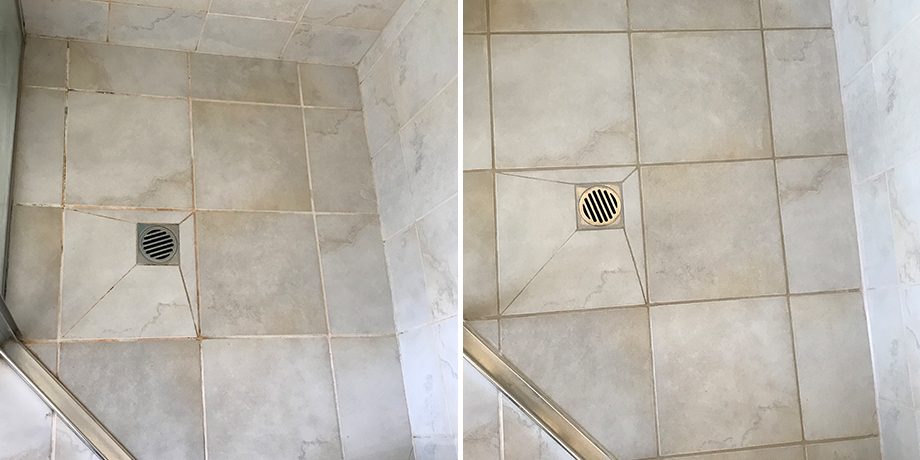What are your thoughts concerning Looking for Signs of Water Damage in the Bathroom?

The restroom is incredibly susceptible for moist build-up as well as prospective water damage as a result of the constant use water in it. This post provides easy assessment strategies to help spotting water damage dangers.
The regular use water in the shower room makes it exceptionally at risk for moist accumulation and potential water damage. By examining it frequently, you can decrease water related damages.
The following set of inspections is easy to perform and should be done once in every three months in order to keep your bathroom in good shape and also to stop possible water problems brought on by the tub, the shower, pipeline joints as well as plumbing, sinks, cupboards, as well as the toilet
Do not neglect performing these examinations as well as be extensive while doing them. Bear in mind that these easy examinations can conserve you a great deal of money by offering early signs for water damages
Tub as well as Shower
The shower and bath tub call for special attention and upkeep. Examine the floor tiles as well as replace if cracked. See to it that there is no missing out on grout between the floor tiles. Evaluate as well as replace fractured caulking at joints where the wall surfaces satisfy the floor or the bath tub. Blocked drains pipes as well as pipes problems will certainly protect against the bath tub from drying and may show severe issues below the bathtub. Seek advice from a specialist promptly to avoid structural damages. Focus on discolorations or soft areas around the bath tub wall surfaces as they may show an inner leak.
Plumbing
Signs for water damage are tough to find because most pipelines are set up inside the walls.
Pay unique interest to flooring and also walls moisture and also spots as they may indicate an undetectable plumbing problem. Examine wetness levels in adjacent rooms too.
Sinks as well as Cabinets
Sinks and cupboards are exposed to wetness and also humidity day-to-day and are commonly neglected. Check regularly under the sink as well as on the kitchen counter above it. Fix any kind of drip in the trap as it might suggest drain troubles. Take a look around the sink, slow-moving draining pipes may show a blocked drain. Change sink seals if they are cracked or loose.
The Commode
The toilet is a prone water joint. Examine the water lines and look for leakages around the toilet seat, in the pipe, and also under the water tank. If you discover any kind of indicators of moisture on the floor around the commode, look for leaks in the toilet rim and also container seals.
Understand that hanging bathroom dish antiperspirants increases the possibilities for obstructions.
TIPS TO PREVENT WATER DAMAGE IN THE BATHROOM
The average household uses approximately 80-100 gallons of water per person per day. For a family of 4, that's almost 2,500 gallons of water a week! The largest portion of this consumption comes from bathroom use. Flushing the toilet uses the most water, followed by taking a shower or bath. With that much water running through the home, water damage in the bathroom is bound to happen. Knowing how to spot signs of a water leak is essential to preventing long-term damage. This guide provides you with tips to reduce the impact of water damage on your bathroom.
CAUSES OF BATHROOM WATER DAMAGE
Pipe breaks are the most common cause of water damage we see in our daily jobs. The age of a pipe plays a large role in a pipe break as well as corrosion. Over time, the metal begins to break down, allowing water to escape. Frozen pipe breaks are also a concern in the winter months. Toilet overflows caused by paper products or children flushing inappropriate items. Degraded caulking around the toilet or bathtub can allow water seepage, sometimes behind the fixture, into the subfloor or walls. Condensation forms when the water in a pipe is cooler than the air temperature. Beads of water form on the exterior of the pipes, sometimes so much so that the water begins to drip and pool below. Sink or shower backups created by poor drainage. HOW TO PREVENT WATER DAMAGE IN YOUR BATHROOM
Inspect your toilet supply line for worn or frayed hoses and replace them as needed. Winterize your plumbing to prevent a frozen pipe break. Use vent fans to prevent condensation that can lead to mold growth. Routinely check and replace degraded caulking around your toilet or bathtub. Increase the temperature in your toilet tank and insulate your pipes during the warm summer months to keep condensation from forming. Use child safety locks on the toilets. Flush only toilet paper. "Flushable" wet wipes are actually not good for your plumbing system. Additionally, feminine hygiene products should not be flushed. Prevent water from escaping the tub or shower. Make sure shower curtains are in good condition. Inspect shower doors and replace the seal strip if necessary. Wipe up any water that accumulates on the floor and use bath mats. Water left to sit can cause damage to the tiles and flooring. Refrain from using bath products containing heavy oils to avoid a clogged drain.

Do you really like more info about Looking for Signs of Water Damage in the Bathroom? Put a comment below. We'd be glad to see your opinion about this blog post. Hoping to see you back again in the future. Sharing is caring. Helping others is fun. Thanks a lot for going through it.
Recurring Service Plans